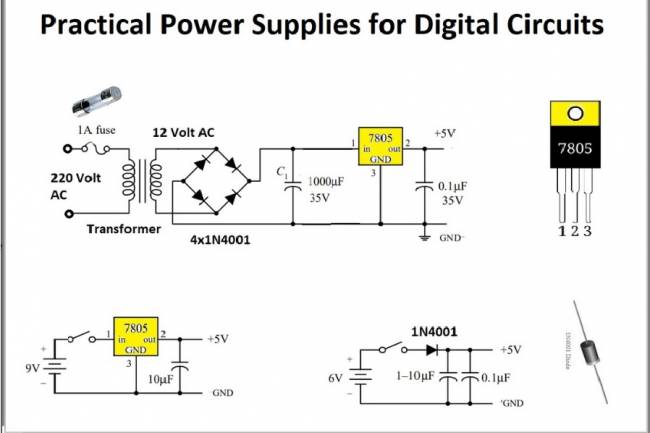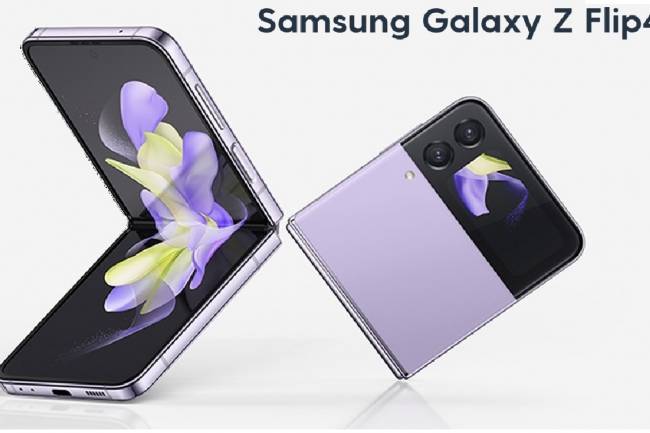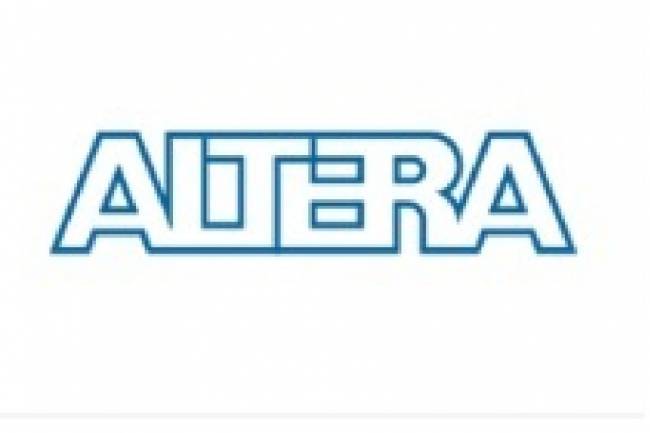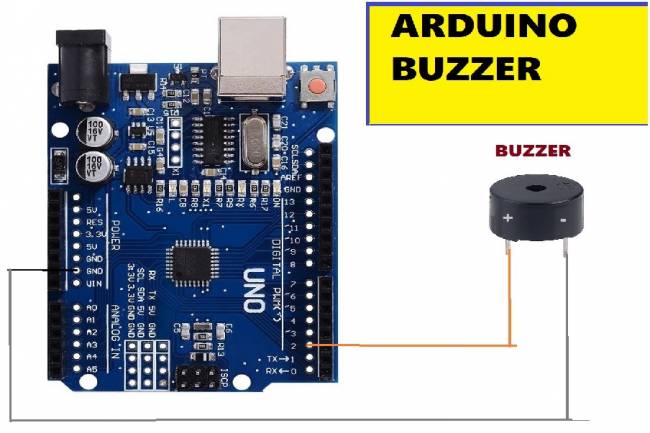
Revolutionary Flexible Solar Cell Technology
High Performance Wearable Devices Are Coming
A big innovation for wearable devices: The world's best flexible solar cell has been developed.
A research team has taken an important step by developing lightweight and efficient stretchable solar cells for energy production in electronic devices. Researchers from the Korea Advanced Institute of Science and Technology (KAIST) describe this new solar cell technology as "the world's highest-performance stretchable organic solar cell."
This development stands out with its ability to use organic materials to create the photoactive layer of the solar cell. Organic solar cells can be integrated into wearable devices due to their lightweight and flexible structure. Therefore, it can be said that the new flexible solar cell is of great importance for the future of energy-saving wearable technologies.
Researchers have designed a conductive polymer material that can meet stringent requirements in the new solar cell they developed. This not only provides the highest photovoltaic conversion efficiency of organic solar cells, but also led to the emergence of a new conductive polymer that can stretch tenfold.
The new stretchable solar cell has the ability to stretch by 40 percent during operation. This not only improves the efficiency of solar cells, but also allows the development of high-tech wearable devices, overcoming the long-standing problem of flexibility.
"Through this research, we have not only developed the world's best-performing stretchable organic solar cell, but also developed a new polymer that can be applied as a base material for various electronic devices that need to be formable and/or elastic," Professor Bumjoon Kim said in the official statement. place was given.
Besides this important development, there are many potential areas where the new flexible solar cell technology can be used. This product can be used in particular in the following areas:
1. Wearable Technology: Thanks to its high flexibility, it can be integrated into wearable technology devices. Smart watches, fitness bracelets and other wearable electronic devices can run longer by meeting their energy needs from this new solar battery.
2. Portable Electronic Devices: Its flexible structure also allows use in portable electronic devices. Smartphones, tablets and other portable devices can be more efficient and long-lasting with the energy obtained from this solar cell.
3. Outdoor Activities and Camping Equipment: Flexible solar cells can be used to meet the energy needs of outdoor activities and camping equipment. Camping lights, portable chargers, and other camping electronics can run on energy from natural sunlight.
4. Remote Sensing Devices: Flexibility and high performance features make them ideal for remote sensing devices. Sensors and similar devices used for research purposes can work more effectively thanks to these solar cells.
5. Medical Devices: High flexibility provides a suitable solution for wearable medical devices used in the healthcare industry. Health monitoring devices and implants in particular can be powered by these flexible solar cells, increasing their lifespan.
These areas of use show that the newly developed flexible solar cell technology has a wide potential to meet energy needs in various sectors.




























